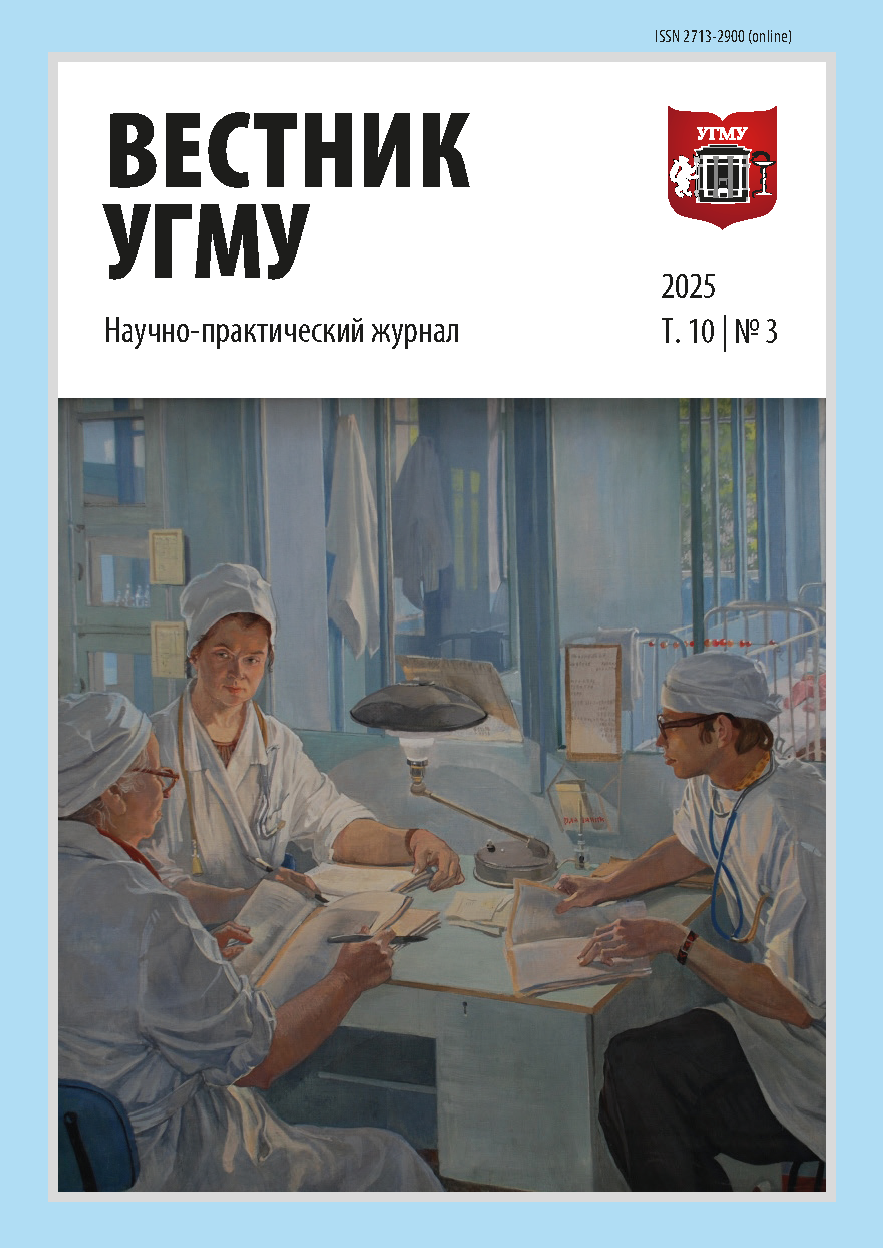Abstract
Introduction. The human foot is a complex structure consisting of 28 bones and 33 joints, which is responsible for transferring axial load from the entire body. According to the international classification, the foot is divided into several main parts: anterior (5 metatarsal bones and corresponding phalanges), middle (navicular, cuboid bones and three: medial, middle and lateral sphenoid bones) and posterior (talus and calcaneus). Fractures of the foot bones in children account for 10 % of all fractures and require special attention due to the risk of long-term consequences. The purpose of this work is to share the experience of treatment, methods and results of using various methods of osteosynthesis in the treatment of foot fractures in children.
Materials and methods. In our clinic, 57 children aged 4 to 18 years were treated during 2024. In 12 cases, conservative treatment was used, the rest (45 patients) required surgical intervention due to the unstable position of bone fragments.
Results and discussion. Fractures of the bones of the forefoot prevailed by localization, and isolated cases of fractures of the bones of the middle and posterior parts of the foot were noted. Surgical treatment was indicated for fractures of the phalanges of the toes (n = 30), metatarsal bones (n = 12), navicular bone (n = 1), talus bone (n = 2). Kirschner wire osteosynthesis was most often used. There were no postoperative complications. The recovery period has been tracked.
Conclusions. Fractures of the foot bones in children are a relatively rare pathology, but underestimation and inadequate treatment tactics can lead to long-term negative consequences in the form of post-traumatic deformities of the foot. The presented methods of osteosynthesis in the surgical treatment of foot fractures in children have high anatomical and functional effectiveness, shorten the recovery period.
For citation
Chernyii SP, Gordienko II, Tsap NA, Marfitsyn AV, Kozhevnikova TS, Sosnovskikh AK, et al. Surgical treatment of foot fractures in children. USMU Medical Bulletin. 2025;10(3):e00185. (In Russ.). DOI: https://doi.org/10.52420/usmumb.10.3.e00185. EDN: https://elibrary.ru/WFCGMT.
References
Телицын ПН, Жила НГ. Современные аспекты лечения переломов костей стопы и голеностопного сустава. Дальневосточный медицинский журнал. 2016;(3):138–144. [Telitsyn PN, Zhila NG. Modern aspects of treatment of fractures of the bones of the foot and ankle joint. Far Eastern Medical Journal. 2016;(3):138–144. (In Russ.)]. EDN: https://elibrary.ru/WMWFUD.
Каленский ВО, Иванов ПА. Основные причины неудовлетворительных исходов лечения повреждений стопы. Журнал имени Н. В. Склифосовского «Неотложная медицинская помощь». 2018;(2):122–128. [Kalensky VO, Ivanov PA. The main causes of unsatisfactory outcomes of treatment of foot injuries. Russian Sklifosovsky Journal “Emergency Medical Care”. 2018;(2):122–128. (In Russ.)]. DOI: https://doi.org/10.23934/2223-9022-2018-7-2-122-128.
Denning JR, Mehlman CT. The community orthopaedic surgeon taking trauma call: Pediatric foot fracture pearls and pitfalls. Journal of Orthopaedic Trauma. 2019;33(8):S27–S32. DOI: https://doi.org/10.1097/BOT.0000000000001547.
Кацитадзе ГВ, Никишов СО, Серова НЮ, Лушников АМ, Кушнарев АС, Сидоров СВ, и др. Диагностика и лечение переломов пяточной кости у детей. Неотложная хирургия имени И. И. Джанелидзе. 2021;(S2):28. [Katsitadze KV, Nikishov SO, Serova NU, Lushnikov AM, Kushnarev AS, Sidorov SV, et al. Diagnosis and treatment of calcaneal fractures in children. Emergency Surgery named after I. I. Dzanelidze. 2021;(S2):28. (In Russ.)]. EDN: https://elibrary.ru/LFFCYG.
Vallier HA. Fractures of the talus: State of the art. Journal of Orthopaedic Trauma. 2015;29(9):385–392. DOI: https://doi.org/10.1097/BOT.0000000000000378.
Grear BJ. Review of talus fractures and surgical timing. Orthopedic Clinics of North America. 2016;47(3):625–637. DOI: https://doi.org/10.1016/j.ocl.2016.03.008.
Foot. Journal of Orthopaedic Trauma. 2018;32(Suppl 1):S89–S100. DOI: https://doi.org/10.1097/BOT.0000000000001060.
Hawkins LG. Fractures of the neck of the talus. The Journal of Bone & Joint Surgery. 1970;52(5):991–1002. DOI: https://doi.org/10.2106/00004623-197052050-00013.
Бондаренко АВ, Батрак ЯЮ, Плотников ИА. Лечение повреждений таранной кости при политравме. Политравма. 2019;(3):26–35. [Bondarenko AV, Batrak YaYu, Plotnikov IA. Treatment of talus injuries in polytrauma. Polytrauma. 2019;(3):26–35. (In Russ.)]. EDN: https://elibrary.ru/TCBSHB.
Vallier HA, Nork SE, Barei DP, Benirschke SK, Sangeorzan BJ. Talar neck fractures: Results and outcomes. The Journal of Bone & Joint Surgery. 2004;86(8):1616–1624. PMID: https://pubmed.gov/15292407.
Rammelt S, Zwipp H. Talar neck and body fractures. Injury. 2009;40(2):120–135. DOI: https://doi.org/10.1016/j.injury.2008.01.021.
Макаревич ЕР, Михнович ЕР, Чирак ВЭ. Переломы и вывихи костей стопы: учеб.-метод. пособие. Минск: БГМУ; 2018. 23 с. [Makarevich ER, Mikhnovich ER, Chirak VE. Fractures and dislocations of the bones of the foot: Educational and methodical manual. Minsk: BSMU; 2018. 23 p. (In Russ)]. Available from: https://clck.ru/3Nsn3j (accessed 27 July 2025).
This work is licensed under a Creative Commons Attribution-NonCommercial-ShareAlike 4.0 International License
Copyright © 2025 Chernyii S. P., Gordienko I. I., Tsap N. A., Marfitsyn A. V., Kozhevnikova T. S., Sosnovskikh A. K., Krylosov A. S., Bress A. V., Shchipanov R. E.






